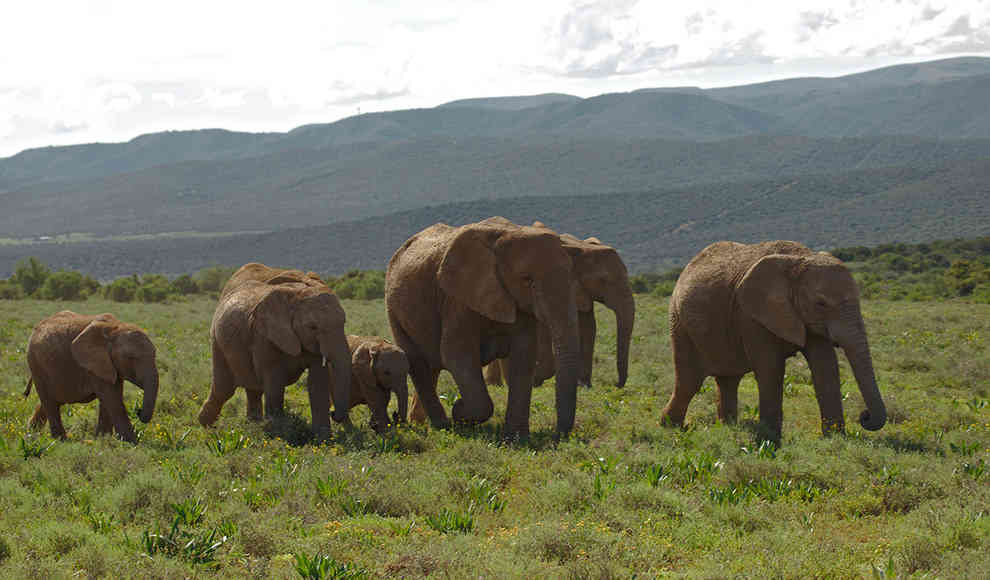The evolution of elephants in Mozambique is happening at an alarming rate, with fewer and fewer elephants developing tusks. Biologists believe that this is due to a rapid evolution process, as elephants without tusks have a higher chance of survival as they are not hunted and killed by poachers. This is a fascinating but also sad thought, as it raises the question of whether we are witnessing the evolution of elephants in fast-forward.
Mozambique experienced a bloody civil war for 15 long years (1977-1992), during which many elephants were killed for their valuable ivory, which was used to finance the war. As a result, around 90% of the elephants in Mozambique were brutally slaughtered. However, elephants without tusks have a biological advantage as they are not targeted by poachers. Before the civil war, there were approximately 4,000 elephants in Gorongosa National Park. Among the elephants that survived the war, 51% of the female elephants did not have tusks. Among the female offspring of these elephants, 32% did not have tusks. This significant change is mostly observed in female elephants, as male elephants without tusks are extremely rare.
Researchers have found a similar decline in tusk development among female elephants in all regions of the world where there has been a strong ivory poaching industry. However, it remains to be seen where this evolutionary step will lead, as tusks are an important tool for elephants. They use them to dig for water, remove bark from trees, and defend themselves against attackers. The decline in tusk development is a worrying trend, and it is essential to protect elephants from poaching to ensure their survival and the continuation of their species.










